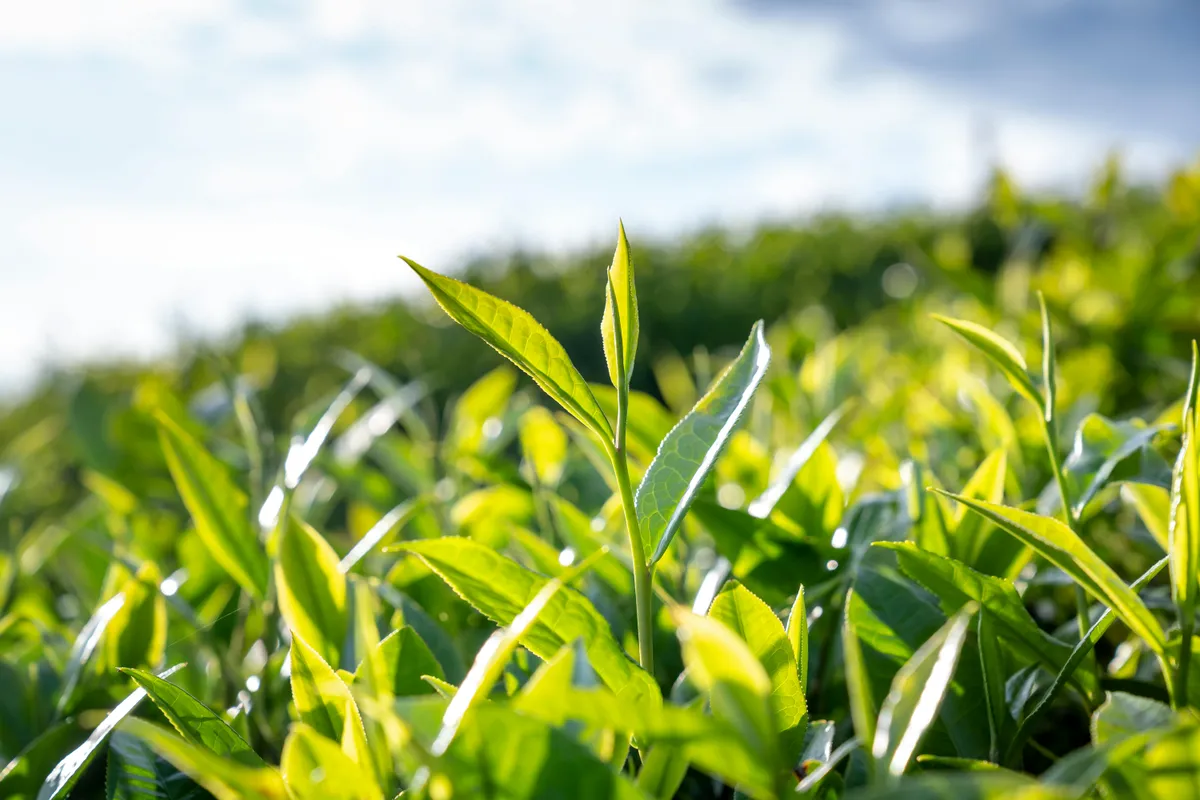How Great Tea is Made: The Eight Essential Steps of Tea Processing

From a fresh leaf on the tea plant to a perfect cup of tea, it must go through the polishing of countless skillful hands. The art of tea processing is like a long spiritual practice, where each step conceals the wisdom and gifts of nature from practitioners. Today, let us venture into the fragrant world of tea and unlock the eight critical steps that create a perfect cup of tea.
Step One: Plucking — An Artistic Sprint Against Time
When the morning dew has not yet evaporated, tea farmers' fingers are already flying among the tea bushes. Plucking is the starting point of tea processing and the first gateway determining tea leaf quality. The maturity of buds, plucking techniques—all contain subtleties: buds before Qingming are full of essence, and leaves before Grain Rain carry fragrance in harmony. Standards like "one bud, one leaf" and "one bud, two leaves" all depend on the tea picker's precise grasp. Overly rough leaves make the tea broth taste too strong, while plucking too early will deprive the tea tree of its accumulated nourishment. This mastery of timing is a silent contract between tea farmers and nature.
Step Two: Withering — Allowing Fresh Leaves to Breathe Freely
The freshly plucked leaves still carry the moisture of the fields and need to "exhale" in a well-ventilated and shaded bamboo basket. The withering process appears simple but actually allows the leaf to naturally evaporate some water and awaken the enzyme activity within leaf cells. Withering time must be adjusted according to weather conditions: strong sunlight requires shading, while high humidity requires stronger ventilation. Only when the leaves become soft and pliant, releasing a subtle green grass fragrance, can this step be considered complete.
Step Three: Fixation (Kill-green) — The Crucial Step in Locking in Tea Fragrance
Fixation is the most dramatic step in tea processing. When the pan heats to boiling and fresh leaves are tossed in, water vapor and tea fragrance evaporate simultaneously. The core of this step is to break down enzyme activity through high temperature, preventing leaf oxidation while simultaneously evaporating excess moisture. The tea master's hands quickly stir-fry the leaves in the pan, ensuring each leaf receives heat evenly while avoiding scorching. The strength and frequency of hand movements rely entirely on years of accumulated hand feel. After fixation, tea leaves shed their grassy moisture and emit a warm luster.
Step Four: Rolling — Awakening the Tea Soul with Temperature and Pressure
Rolling is like giving tea leaves a "massage," placing the fixed leaves into bamboo baskets or rolling machines and applying repeated squeezing, pressing, and twisting movements to break down leaf cell walls and release internal tea polyphenols and aromatic compounds. Different tea types require very different rolling intensities: green tea is rolled lightly to preserve its freshness, oolong tea is rolled heavily to promote its fragrance, while the rolled leaves of other teas curl into strips, as if accumulating resilient strength. This is the beginning of tea's transformation into its mature form.
Step Five: Fermentation — Time's Magic in Flavor Formation
Fermentation is the "key person" in tea flavor formation. Under appropriate temperature and humidity, substances within tea leaves undergo complex reactions: leaf green pigment breaks down allowing leaves to turn red, tea polyphenols transform bringing a thicker mouthfeel. Red tea requires full fermentation, with leaves displaying an oily black color; oolong tea requires partial fermentation, with leaf edges turning red while leaf centers remain green, like watercolor paintings touched by morning light. During the fermentation process, tea masters must constantly observe changes in leaf color and aroma, as any carelessness will result in missing the optimal flavor window.
Step Six: Drying — The Final Step in Fixing Tea Fragrance
Tea leaves that have undergone fermentation still retain considerable moisture. The drying process aims to control water content within proper range while fixing tea leaf fragrance and appearance. Traditional charcoal roasting carries the aroma of firewood, while modern drying equipment provides greater precision. Dried tea leaves become crisp and fragile, easier to store and transport, while those profound fragrances accumulated at high temperatures finally settle and become set during this crucial step.
Step Seven: Sorting — Grading Tea Leaves into Different "Classes"
After drying, tea leaves vary in size, so sorting uses sieves of different mesh sizes to classify leaves by coarseness and length. This step not only makes tea leaves more uniform in appearance but also ensures more even flavor release during subsequent brewing. Premium teas are often finely cut buds that are tightly wound; while lower-grade tea leaves are larger and may carry more concentrated mouthfeel—each grade has its own unique charm.
Step Eight: Packaging — The "Guardian" of Tea Fragrance
The final step appears simple but directly concerns tea preservation. From traditional tin boxes and paper packaging to modern vacuum packaging and iron canisters, the core is isolating air, light, and moisture so that tea fragrance can be preserved longer through time. When tea leaves are carefully placed into packaging and labels are affixed, the journey spanning eight processing steps finally concludes, awaiting reunion with tea connoisseurs.
Eight processing steps represent a dialogue between nature and human effort. Every tea leaf carries the nourishment of sunshine, rain, and dew, and also condenses the heart and blood of tea makers. When you lift a teacup and smell that subtle fragrance, perhaps you can recall its withering, fixation, and fermentation—the unique flavor bestowed by time in your mouth and between your teeth.